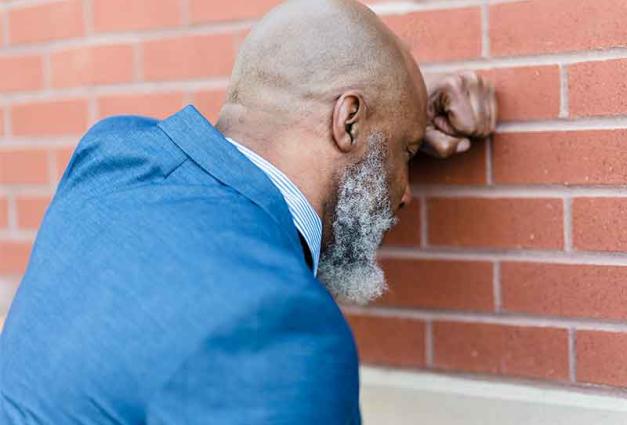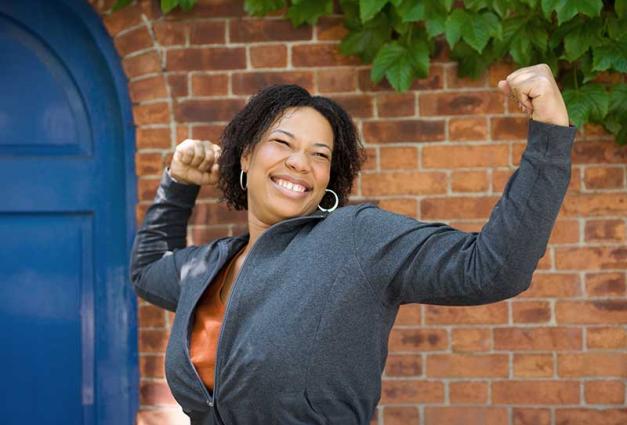People tend to like those who are similar to themselves (or, at least, those whom they perceive to be similar). People, therefore, seek out and form social relationships with others who they think share their characteristics, like personality traits and values. Importantly, one way in which people judge others' characteristics is through their appearance—despite adages to not judge books by their covers.
Given this, it's not surprising that members of social groups tend to share similarities. Researchers have even shown that this includes similarities in appearance. Using photos of people's faces, psychologist Eric Hehman and his colleagues found that members of friend groups, sports teams, and university fraternities physically resemble their fellow group members. They also showed that people form similar impressions (for example, of how intelligent they are) of members of the same group.
Explaining Why People Resemble Their Group Members
But how do people end up in social groups that physically resemble them? One possibility is that because people tend to infer what others are like based on appearance, they may seek out others who look a bit like them because they think those others will be a bit like them. In other words, people may select into groups that resemble them. Relatedly, groups may only let new members join if they bear some resemblance to existing members. If either of these is true, it should be possible to predict what groups people will end up in, based on their appearance, even before they join.
An alternative possibility is that people might come to resemble their group members over time (a type of Dorian Gray effect, named for the character in Oscar Wilde's famous novel), which could happen because of shared environments, habits, or experiences, or conformity in style. If this is the case, people should resemble their group members more (or only) after being part of the group for some time.
Predicting Future Group Membership from Appearance
My colleagues and I tested these different possibilities using the photos of university fraternity and sorority members. We collected yearbook photos of them from (1) their freshman year, before they joined their fraternity/sorority, and (2) their senior year, after being members of their fraternity/sorority for a few years. We then recruited a group of observers to give us their impressions of how attractive, competent, dominant, and trustworthy (all important social judgments) each face looked, and we also took measurements of the faces' shape (for example, face width, eye spacing, jaw shape).
We then could use these impressions and measurements to find out which group (out of 26 different fraternities/sororities) each person would join (for their freshman photos) and was a member of (for their senior photos). Our results were clear—these individuals resembled their group members even before they joined their groups. They also didn't resemble their group members any more at senior year than at freshman year. This suggests that the students selected themselves into groups that resembled them, but not that they became more (physically) like their group members over the course of a few years.
Predicting Group Acceptance
We next looked at photos collected of men during the process of fraternity recruitment. We examined whether impressions of these photos could predict whether the men would be accepted into the fraternity they were hoping to join. Here, we found that participants' impressions of the faces predicted both which fraternity they attempted to join and whether they were accepted. Among those who were accepted, we also found that these future members resembled the existing members of the group. This suggests that the choices of both individuals and existing group members help explain the resemblance among group members.
Altogether, our findings show that people's facial appearance can predict what social groups they attempt to join and whether they'll be accepted into those groups. In terms of explaining how people end up in groups that resemble them, this means that both (1) individuals seek out groups consisting of people who look like them, and (2) groups preferentially accept new group members resembling those already in the group.
Real-World Consequences
While similarity of appearance might sometimes enhance group cohesion, there could also be downsides. Seeking out and accepting physically similar others could lead to highly polarized or exclusive groups. Imagine a workplace where judgments of how well a potential new employee might 'fit' with an organization could be influenced by their appearance, rather than their qualifications. Potential employees may similarly not even apply to workplaces where they don't see anyone resembling them already in that organisation. Both of these possibilities have negative implications for workplace diversity.
Altogether, people seem to gravitate toward similar others, not just in terms of their personality or values, but also in terms of their facial appearance. Birds of a feather do indeed flock together, partly because of the appearance of those feathers.
For Further Reading
Bjornsdottir, R. T., Hehman, E., Agboh, D., & Rule, N. O. (2022). Parsing the mechanisms underlying ingroup facial resemblance. Personality and Social Psychology Bulletin, 48(5), 782-792. https://doi.org/10.1177/01461672211025206
Hehman, E., Flake, J. K., & Freeman, J. B. (2018). The faces of group members share physical resemblance. Personality and Social Psychology Bulletin, 44(1), 3–15. https://doi.org/10.1177/0146167217722556
McPherson, M., Smith-Lovin, L., & Cook, J. (2001). Birds of a feather: Homophily in social networks. Annual Review of Sociology, 27 (1), 415–444. https://doi.org/10.1146/annurev.soc.27.1.415
R. Thora Bjornsdottir is a Lecturer/Assistant Professor in the Psychology Department at Royal Holloway, University of London. Her research focuses on first impressions from faces, including impressions of people's social group memberships (such as social class, sexual orientation, and culture).




